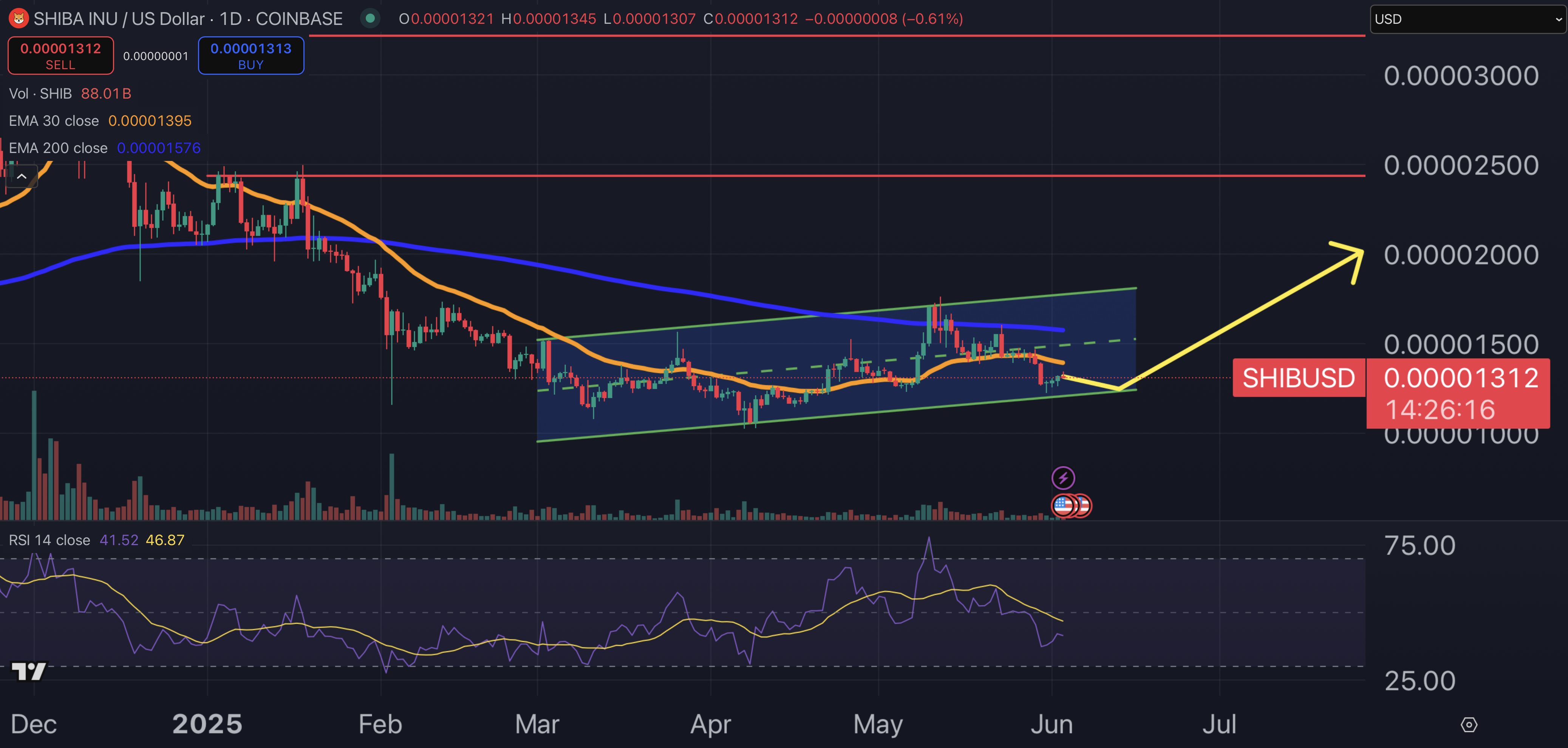Employee experience is critical to the mission of Perceptyx, an EX transformation company that marries employee listening with people analytics and coaching. So, it makes sense that the organization would turn its tools inward.
Lisa Sterling, chief people officer at Perceptyx since 2022, says the company is leveraging insights about employee experience from its continuous listening strategy to equip managers with the information—and the skills needed—to strengthen employee experience and performance, all in real-time. Many organizations, however, she says, are struggling to connect the dots—to effectively lean into analytics and be transparent with managers and leaders about what they can do to drive the change employees want and that the business needs.
Sterling, who has held HR leadership roles at organizations including SmartRecruiters, EvenCommerce, Ceridian and Ultimate Software, recently sat down with HR Executive to explore how HR can more effectively use listening and analytics strategies to boost employee experience.
Sterling: One of the challenges organizations have is they don’t arm their people leaders or managers with information that is understandable and actionable. I think we rely heavily on HR to provide that type of insight and expect people leaders to implement things in their day-to-day without understanding what to do, how to do it and where to focus.
Our big focus has been taking specific insights and leveraging AI to help inform people leaders and managers in the flow of their work on how to start driving change. Through AI-based nudging and coaching, we are actually delivering in real time the different type of coaching and suggestions based on listening to our data—from onboarding to engagement surveys. And then we’re pushing that out to our people leaders.
HR Executive: Has this strategy driven demand for data fluency among people leaders?
Sterling: There’s definitely an enablement element, some education that’s needed so people understand why this is important, how to leverage it. What I will say is, because it’s so simplistic and is happening as they’re doing their jobs, it really does seamlessly fit into their daily workflow. We’ve seen great response in how [this strategy] closes the gap between insights and action.
We conducted a research study earlier this year that looked at organizations that both continuously listen to their people and also act on that feedback. In the short term, they’re four times more likely to retain talent. When we leverage this type of coaching and development, organizations are seven times more likely to be able to respond to changes happening in their organization. Given the state of many companies right now, change is a big topic and it’s one of the things most important to organizations.
HR Executive: Where is your focus as we head into 2025?
Sterling: A big one for us here at Perceptyx is continuing to focus on digital transformation. We believe that we need to become more of a digital organization leveraging automation, leveraging data to drive decision-making, leveraging tools to gain efficiencies, engage our people and really focus on employee experience. Our other big priority is around the enablement and development of our leadership teams. We know based on the feedback we’re getting that leaders want to be more properly prepared to lead the people who report to them.
Another priority is around being a data-driven company. We’re making sure we are starting to break the connection between annual performance expectations and compensation changes, really focusing on market-range compensation, range expectations, role criticality.
HR Executive: What will be the greatest opportunity for HR leaders to become even more integral strategic business partners in 2025?
Sterling: It goes back to data. One of the things executive leadership teams and boards alike are looking for is for their people teams to provide really solid data to influence the decisions being made. We’re moving away from the thought process of, “Well, we’ve always done things this way.” Now, we can leverage data to make the right decisions—for workforce planning, compensation practices. The more we can arm HR leaders and CHROs with applicable data sets and look at those cross-functionally, I think the role of HR will continue to elevate to be one of the top three of the executive leadership team.
HR Executive: What skill sets will define HR leadership success in the coming years?
Sterling: Business acumen. And I think that’s an entirely missed opportunity for some HR leaders right now. We need to understand how the business works, how it makes money, the market, the economic factors impacting the business. Interpersonal skills are also very important—making sure HR can demonstrate empathy and a strong emotional intelligence—because HR is such a critical role that touches the most important part of the organization: the people. Change management will also be key. CHROs need to work closely with the rest of the leadership team to lead change. That will be critical for HR leaders to be successful in their roles.
HR Executive: Looking back through your career, how different of an HR professional are you today than when you first entered the field?
Sterling: When I first entered the CHRO role, my focus was very lopsided: It was all on the employee experience and making sure that we had a “wow-worthy,” exceptional employee experience. I don’t think it was the wrong thing, but at times that focus interfered with my ability to objectively look at things from the organizational performance perspective. As my career evolved, I have learned to be more focused on innovation, on being able to be that change agent for the organization—and at the same time still having empathy for people and bringing them along on the journey.
Credit: Source link










